My hackles rose several years ago when I first caught sight of a NorseBoat, shining there across a well-manicured boat-show lawn. As a genial fellow exhibitor, I introduced myself to the owner and complimented him on his glossy showboat with all those strings and gadgets. The 17'6" NorseBoat is daysailer/camp-cruiser with a surprising range of abilities. The boat sails well, and there is ample storage for camping gear. There’s also sleeping space for two well-acquainted passengers.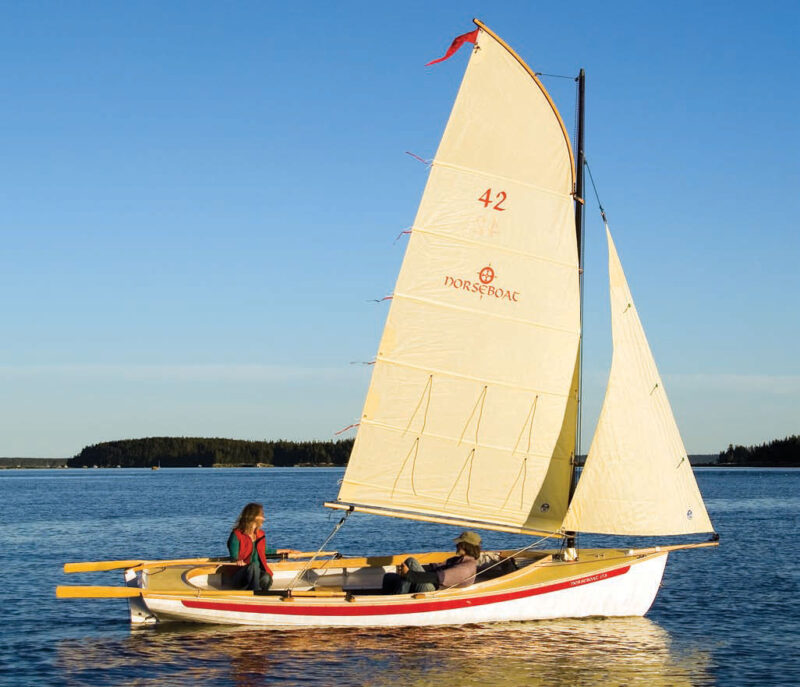 Benjamin Mendlowitz
Benjamin Mendlowitz
Join The Conversation
We welcome your comments about this article. To include a photo with your remarks, click Choose File below the Comment box.

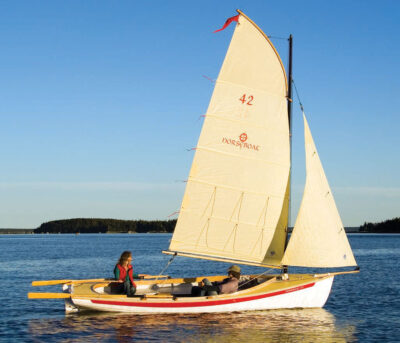
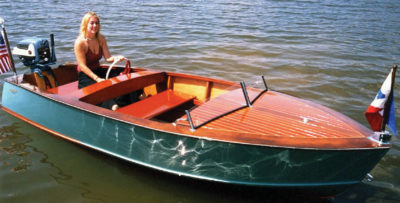
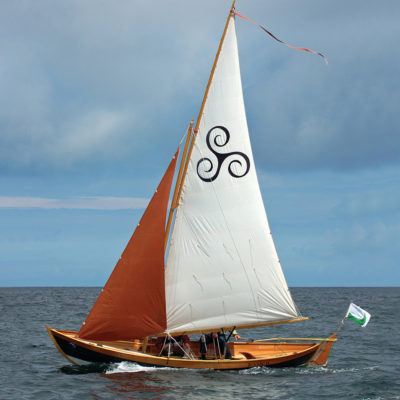
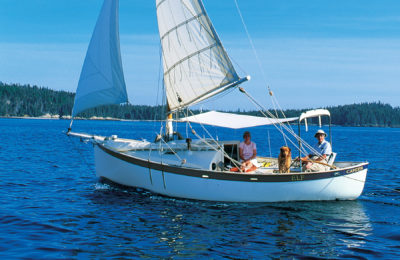
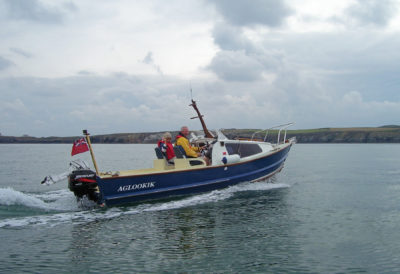
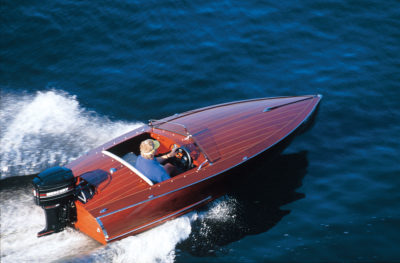
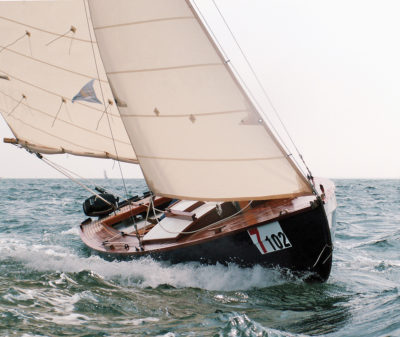
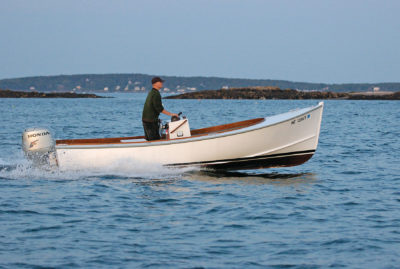
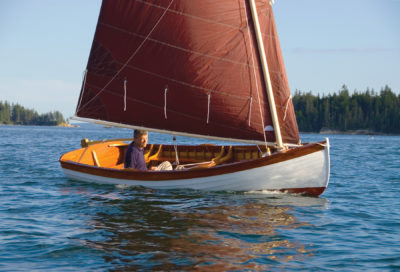
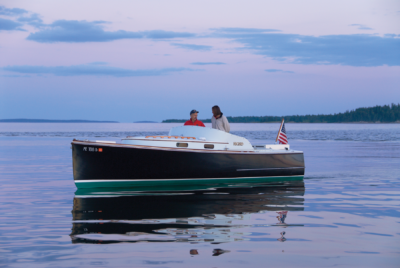
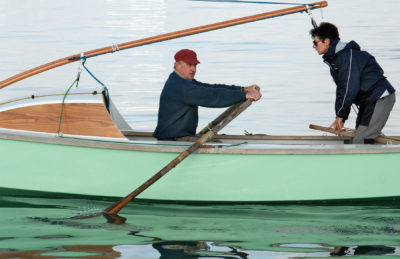
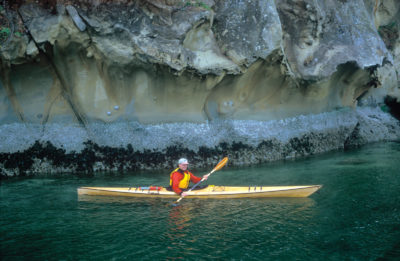
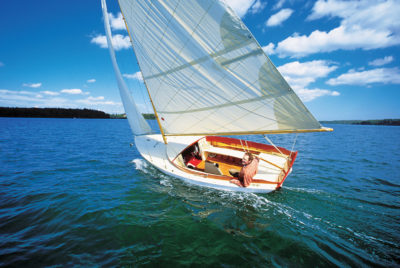
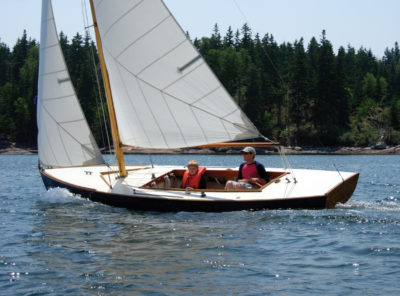
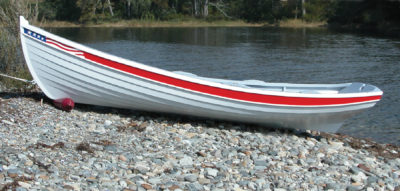
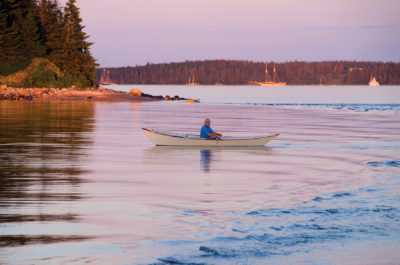
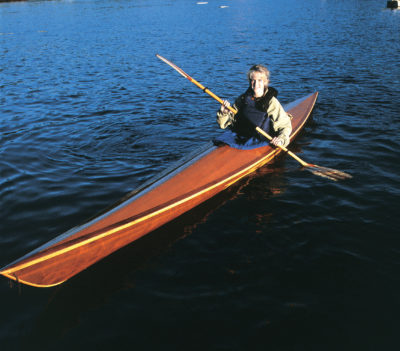
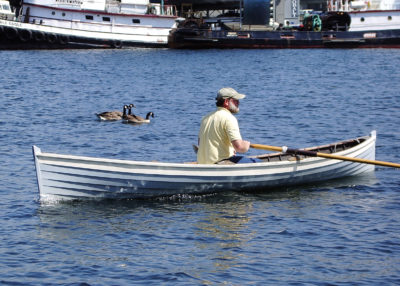
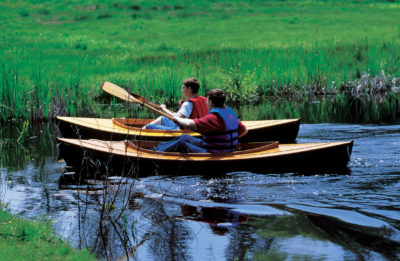
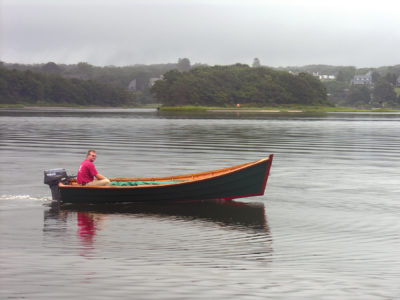
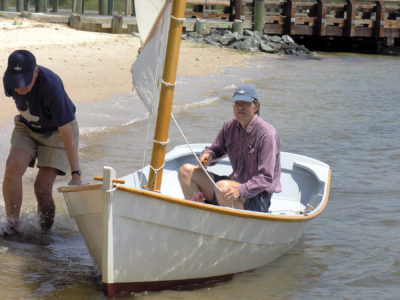
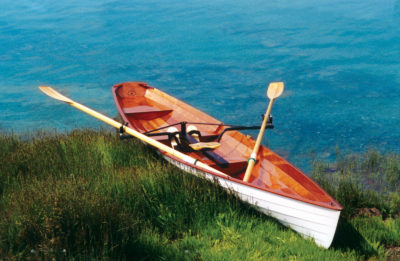
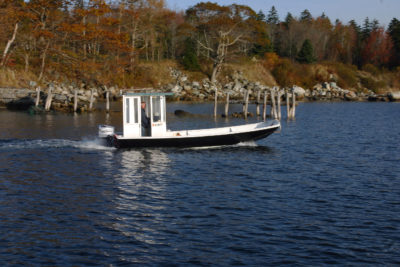
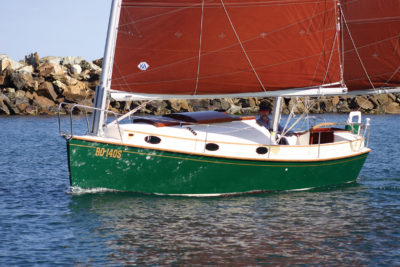
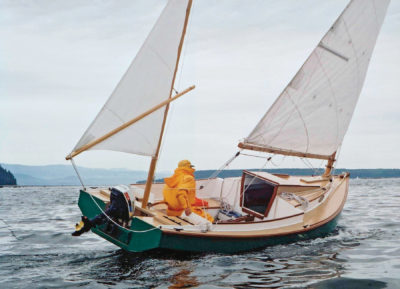
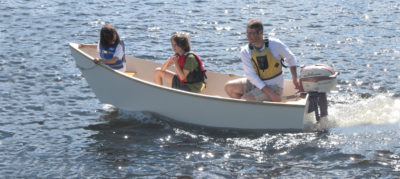
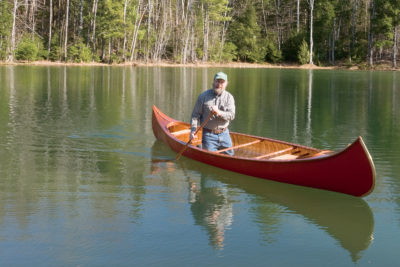

This is a well writen article and can confirm many of the observations noted. As a professional Naval Architect and NorseBoat owner and sailer since 2009, I do have some thoughts of my own. I sail mostly “Redwing Blackbird” on the Northumberland Strait between PEI and NS. I would add that this boat is also a cousin to some for the Norwegian inshore rower/sailer designs of old. It is open salt water and full of currents, whacky winds, and shallows. I love the fact she has decent freeboard and the hull form handles a nice chop with ease. She is an exillerating sailer will handle very well in a stiff breeze. However, the standard rudder is too small for light airs in a current. I actually redesigned the rudder twice for this boat, once for Mr. Jeffries as a shoal rudder and again for my self as bigger deep rudder. Both use a NACA 00 cross-section although the shoal rudder had to be modified to accommodate the geometry. The bigger difference is the actual surface area. The standard rudder is quite small and does not follow the rules for ship construction as a percentage of projected hull area. That is an area where considerable improvements could be made to the design. The second thing I noticed is that some of the joints, although beautifully executed following moulded-composite construction methods, rely too much on the strength of the epoxy/sawdust composite radii – especially under shear loads. I have had to carry out repairs to three failures of that type in mine. That may not have been the intention of Mr. Jeffries’ original design when I look at the cross member forward of the centreboard box in the picture shown in the article and may just be a simplified approach to construction with builder not realizing the consequences. Anyway, enough griping, I LOVE my boat, especially the furling gear for the jib. It makes for awesome singe-handed sailing and would recommend it to anybody interested in a very capable design for use inland or on open water. CONGRATULATIONS TO Mr. Jeffries and Mr. Paine for coming up with a truly unique and successful example of new meets old.
PS. It survived a multiple rollovers on the trailer during Hurricane Fiona in 2022 with basically no damage. The rollovers were so violent, one of the tires was actually broken down on the wheel rim.
I have long wondered how slippery rope grommets (as in nylon slippery) would work instead of wooden mast hoops. Has anyone tried this?
Also, I think end plates for shallow rudders (à la Phil Bolger) would be worth exploring.